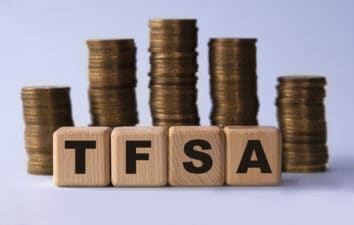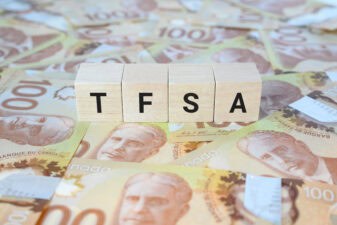Canadian seniors are searching for ways to get more retirement income to help offset a steadily rising cost of living. Canada Pension Plan (CPP) and Old Age Security (OAS) payments are indexed to inflation, but the increases might not keep up with the actual jump in a person’s monthly expenses.
Inflation impact on seniors
Canada’s inflation rate for November came in at 3.1%, unchanged from the previous month. This is down from the June 2022 high of around 8%, so things appear to be getting worse at a slower pace. It is important to note that the inflation number represents the rise in prices on a basket of goods and services relative to the same period 12 months ago. Last year, the inflation rate was 6.8% in November.
Many people will argue that their monthly budgets are up more than 3% from this time last year. Insurance costs on a house, food prices, and utility expenses are up considerably. Property taxes, mortgage costs, and maintenance expenses might also be much higher, depending on a person’s situation.
Ideally, pensioners have enough combined income from company pensions and savings to get them through the early years of retirement, so they can delay taking CPP and OAS to get more from the government pensions. Unfortunately, many people need to take CPP as soon as they turn 60 and OAS as soon as they are 65 in order to cover their expenses.
One way to supplement CPP income is to take a part-time job to fill the income gap. In addition, you can continue to contribute to CPP while you are working in retirement, as long as you are under age 70, and the CPP contributions will increase your CPP payments in the next year. That’s fine as long as a person is able to work. Retirees with high taxable incomes also have to watch out for the Old Age Security (OAS) pension recovery tax that kicks in when net world income tops a minimum threshold. In the 2023 income year, this amount is $86,912.
Another option to boost income is to try to squeeze better returns out of retirement savings.
TFSA passive income
The government launched the Tax-Free Savings Account (TFSA) in 2009. Since then, the cumulative TFSA contribution space for anyone who has qualified every year is now at $88,000. The TFSA limit in 2024 will be $7,000, bringing the maximum space to $95,000 per qualifying person.
Income generated inside a TFSA is tax-free. That means the full value of interest, dividends, and capital gains can go right into your pocket without worrying about the CRA taking a cut. Retirees who have TFSA contribution room available should consider using up the full space before holding income-generating investments in taxable accounts.
GICs and dividend stocks
Rates offered on Guaranteed Investment Certificates (GICs) have dropped in recent weeks, but investors can still get 5% from some Canada Deposit Insurance Corporation (CDIC) members. Canadian dividend stocks that fell through much of 2023 have started to move higher, but many with long track records of dividend growth are still trading at discounted prices and offer high yields.
BCE (TSX:BCE), for example, trades for close to $51 at the time of writing compared to $65 in May this year.
The dividend yield is currently 7.5%. BCE increased the dividend by at least 5% in each of the past 15 years, so the payout should be safe. The company is facing a more competitive pricing environment and is being hit by higher borrowing costs, but management still expects the overall business to generate higher revenue and more free cash flow in 2023 compared to last year.
The bottom line on TFSA passive income
Retirees can quite easily put together a diversified TFSA portfolio of GICs and high-yield dividend stocks to get an average yield of 6% right now. On a TFSA of $88,000, this would generate $5,280 per year in tax-free passive income that won’t bump you into a higher tax bracket or put OAS at risk of a clawback.








